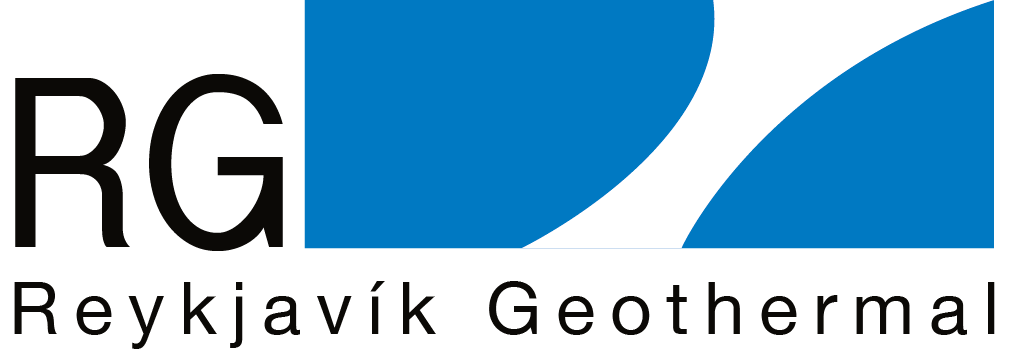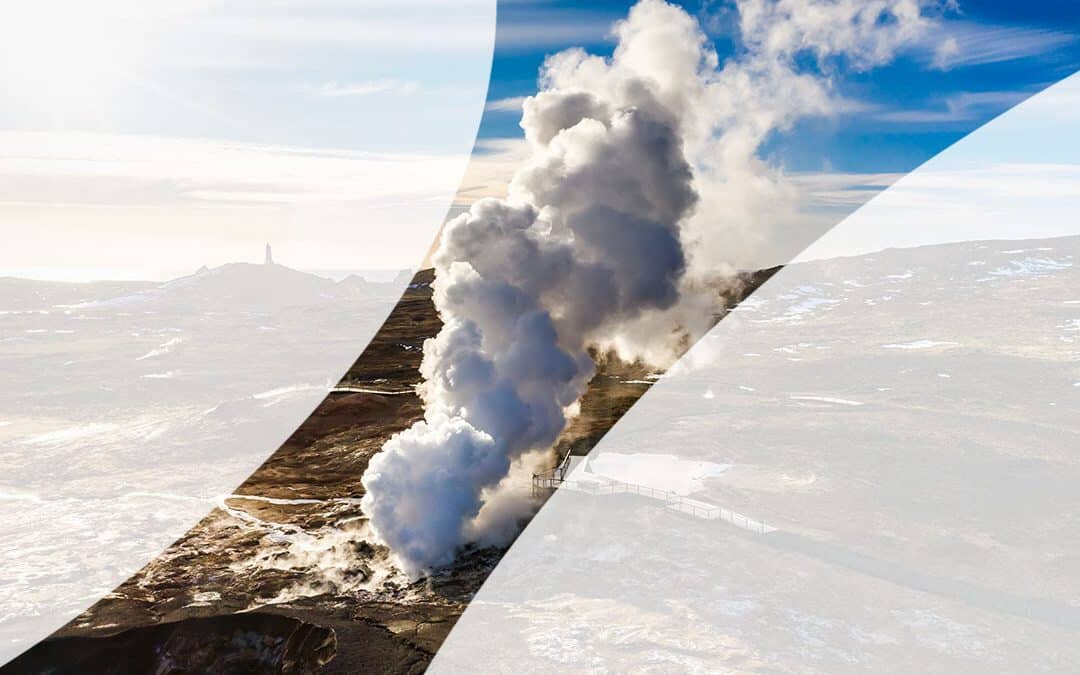In a region which has struggled to get its geothermal ducks in a row, everything appears to be coming together in Saint Vincent and the Grenadines, for what could be the first geothermal project built in the Caribbean in 30 years. “There’s no reason we should be the first, but we might be because we are in a good place”, said Trent Philipp, Regional Director of Americas for Reykjavik Geothermal (RG). RG and Emera Caribbean are building a 10-15 MW plant on St. Vincent, and the “good place” in this instance means that the resource is promising, the government, utility, and developer appear to be in lockstep, and capital is lining up to finance the project.
The timeline – in geothermal terms – is a short one. Talks began in 2013, and production well drilling is expected to begin in late 2016/early 2017 with power – in theory – to be delivered by 2018. How has St. Vincent achieved so much so swiftly? According to Ellsworth Dacon, Director of the Energy Unit in the Office of the Prime Minister, “The way forward in the region is a public private partnership.” Dacon explained that previous efforts to explore for resources in St. Vincent were often grant funded, and never progressed because there was no path forward or plan to build. Dacon continued, “If you have a public private partnership from the beginning, there is more skin in the game and a higher level of commitment to timelines and the ultimate success of the project.”
The formation of the St. Vincent Geothermal Company Ltd – comprised of the St. Vincent government, Emera, and RG – has eased financial and technical burdens typically associated with geothermal development and has so far enabled the project to progress fluidly. “Reykjavik Geothermal is bringing the geothermal expertise and we are bringing the project management and utility perspective”, explained Peter Williams, Managing Director of Emera Caribbean. He added that the government has moved quickly to support geothermal energy development, and “that cooperation shows their commitment to get the project finished as soon as possible.” Also at the table is the Clinton Climate Initiative who are credited with providing some of the initial impetus to get the project off the ground, not least by match-making RG and Emera, and who serve today in an advisory role to the government.
Financing geothermal projects in the Caribbean can be difficult, so cost sharing within the St. Vincent project has been uniquely designed to ease the process. RG and Emera financed the first phase of surface exploration, and the remaining phases will be cost shared between private and public sectors. Development banks have rallied to ensure the government isn’t fiscally compromised by the project. “The capacity to take on debt is limited in the country”, said Christiaan Gischler, lead energy specialist in the IADB’s energy division. “We made a design that wouldn’t touch the sovereign guarantee of the country, to bring money to the private sector…and lower the end cost to the consumer.” This design – better known as the Sustainable Energy Fund – was announced at CREF 2015 and will be administered by the Caribbean Development Bank through its GEOSMART fund. St. Vincent has also secured $15 million from the Abu Dhabi Fund for Development for the final phase of the project, and anticipates funding of $9.5 million from IDB/CDB, and $5.8 million (£4 million) from the UK Department for International Development for the drilling phase, expected to cost $30 million.
If the St. Vincent project proves to be first past the post, market pundits seeking to explain why may cite the availability of multilateral capital, or perhaps the enthusiasm of the incumbent government to get the project done; they might also point to the presence of a well-capitalized and capable developer, or the fact that the utility is government-owned. Most likely they’ll conclude that getting a geothermal project off the ground in the Caribbean is a big lift and one which requires many stakeholders (and stars) to align. St. Vincent, perhaps more than any of the other Caribbean jurisdictions, aligned its stakeholders early in the process. To be sure, Dominica, Nevis, and St. Lucia are not far behind, and many other islands are in the beginning stages of exploration, all with foreign governments, multilateral banks, NGO’s, and other partners engaged and ready to do some light or heavy lifting, as needed. In our next article, we will take a closer look at other islands and examine who might be producing geothermal energy soon, and which islands are, well, blowing steam.
Published May 2, 2016 – Caribbean, CREF Market News, GEOLAC Market News, geothermal, Julie Taylor, St. Vincent
http://newenergyevents.com/fortune-favours-the-bold-st-vincent-moves-swiftly-to-develop-geothermal/Back


